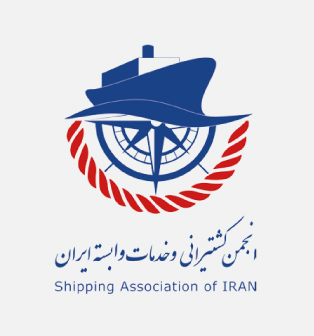According to United Nations trade data, there are about 180 million containers worldwide where nearly 60% of global goods are moved by containers. An unforeseen cascade of events caused by the pandemic and uneven global economic recovery, has led the world to face a new crisis in making, and the buzzword is “container shortage”. It is a crisis because the lack of containers has a ripple effect down entire supply chains, disrupting trade on a global scale. The surge in demand worldwide for logistical services has resulted in a global shortage of shipping containers, congested seaports, capacity constraints on vessels, and even lockdown in certain markets, amongst other challenges. The availability of cargo containers at Hamburg, Rotterdam and Antwerp in Europe are at the lowest levels recorded, according to a Bloomberg .report
The Reuters reports on how China’s world-beating economic rebound from the corona virus pandemic has been weakened by a global shortage of shipping containers, sending cargo costs to record highs and hampering manufacturing orders. In China, reefer boxes are piling up at ports as workers have to comply with strict COVID-19 testing procedures as well as disinfection of meat and seafood products after frozen-food imports were blamed for the spread of the virus. There are so many cold containers in Dalian that the port is running out of power plugs to keep them on. Container Availability Index (CAx) from Container xChange in Shanghai dropped to 0.13 in December for 40-foot dry containers and 0.08 for hi-cube containers, with any index below 0.5 considered a shortage. This uneven trade balance (exporting three containers for every one imported) and delays in containers returning to China due to the pandemic overseas has resulted in freight levels to reach record highs driving up shipping freight rates by 300% to 400% worldwide during the second half of 2020, presenting a unique and unusual predicament.
The current critical shortage of containers has resulted not only in high freight rates but also disrupted many businesses that trade globally. Despite the reports of disruptions and freight costs rising to record levels, the maritime research and analysis firm Drewry has deduced that the problem is not a shortage of supply but rather a logistics problem. They suggest the problem is being driven not by underinvestment but repositioning issues, exacerbated in part by the carriers having blanked so many sailings in the first part of the year. So even if today, liners added more ships and services to ports, the snowball effect will not be solved easily. So while more containers in circulation may ease up the issues at hand, the dilemma may be far more intrinsic than meets the eye, because it takes time to build containers, and commercial shipping practices has remained unchanged over the past two decades. Shipping lines that used to give large importers more free-time to keep their cargo in the containers at ports to sustain business relations have also now reduced the free-time window. The consequences of the shortages are being felt across Europe, Asia and the Middle East.

China is home to several of the world’s largest container ports, including Shanghai, Shenzhen and Ningbo. With these ports unable to process containers at the normal rate, the availability of units for use at other major global ports has been reduced. Container manufacturers have expanded shifts and boosted capacity to try to keep up with demand, but are still falling short. Monthly output in China – which accounts for 96% of global production – is now standing at 300,000 twenty-foot equivalent units (TEU’s) since September last year, but still no sign of easing the shortage. Carriers seem to be working on a multi-pronged strategy of restricting full exports from various countries into Asia, reduction in free days for containers in order to facilitate quicker turn around, strict implementation of demurrage and detention fees to discourage importers from keeping boxes too long with them. These conditions coupled with the increasing freight rates are expected to continue at least till the Chinese New Year in February and possibly into the second quarter of 2021.
The aftermath of COVID-19 has created a hugely increased demand for containers which is said to be due to a combination of the market playing catch up on what they missed out during the lockdown, increased demand for medical and hygienic products and an unprecedented increase in e-commerce logistics, ostensibly due to lack of travel for shoppers. So as suppliers across Asia continue to struggle securing passage for their goods, we expect that anyone attempting to ship commodities by container will experience delays. The shortage of boxes and space on ships would likely continue in the first half of 2021. Container throughput in the port of Shanghai fell 19.5% in February from a year earlier, with outbound containers slumping 25%, according to data from the Municipal Statistics Bureau. We also expect the freight rates to continue to go up because of the backlog of containers sparked by blank sailings and vessel delays. Only a rebalancing of trade flows and reconsidering of shipping practices can rectify the issue of container shortages. Industry observers expect the container tightness to persist until COVID vaccines are rolled out widely and more global travel resume.















